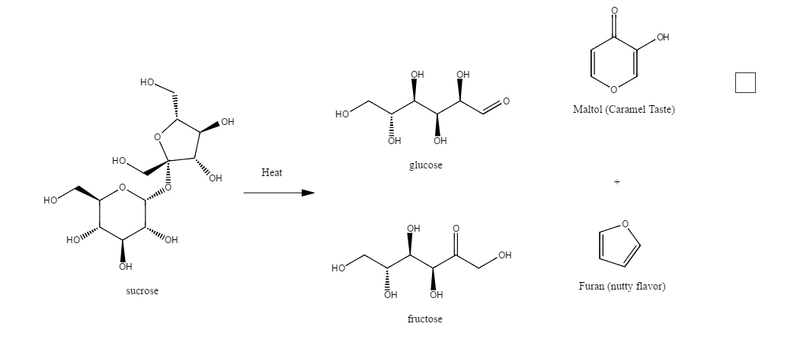| Granulated Sugar |
crystalline sucrose |
|
| Commercial Raw Sugar |
semi-refined granulated sugar |
|
| Powdered or Confectioners Sugar |
finely pulverized white sugar with 3% corn starch added to prevent lumping |
|
| Molasses |
by-product of producing refined white sugar from cane. Contains sucrose, other sugars, organic acids and minerals |
|
| Light Molasses |
syrup produced from first boiling of sugarcane juice |
|
| Dark Molasses |
syrup produced from second boiling of sugarcane juice; less sweet and more flavorful than light molasses |
|
| Light Brown Sugar |
sugar less refined than granulated sugar, coated with molasses |
|
| Dark Brown Sugar |
sugar even less refined than light brown sugar, coated with molasses |
|
| Light Corn Syrup |
clear syrup made from hydrolyzed cornstarch, containing glucose, maltose and dextrin’s. May have added high-fructose corn syrup and/or added flavorings: vanilla, salt. |
|
| High Fructose Corn Syrup |
corn syrup in which some of the glucose has been enzymatically converted to fructose, a sweeter sugar than sucrose |
|
| Dark Corn Syrup |
mixture of light corn syrup and refiners’ syrup |
|
| Honey |
plant nectar which has been concentrated by bees. The major sugars are fructose and glucose |
|
| Sorghum |
concentrated sap of sorghum cane |
|
| Maple Syrup |
concentrated sap of maple trees |
|
| Imitation Maple Syrup or Pancake Syrup |
blend of syrups, often including imitation or natural maple syrup, intended for use on pancakes. |
|


